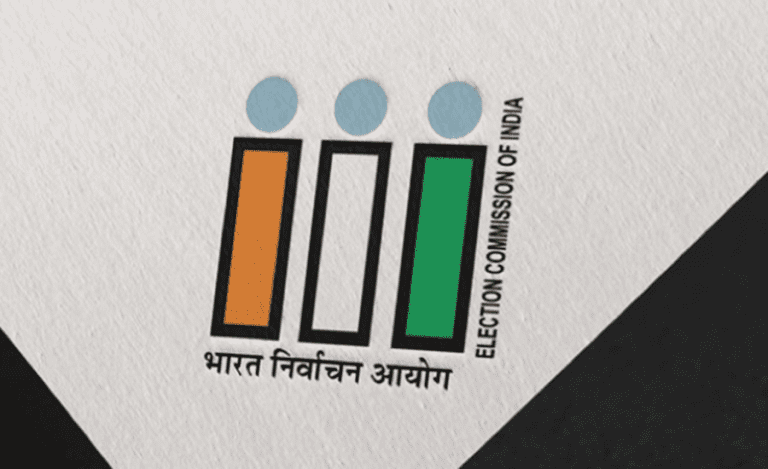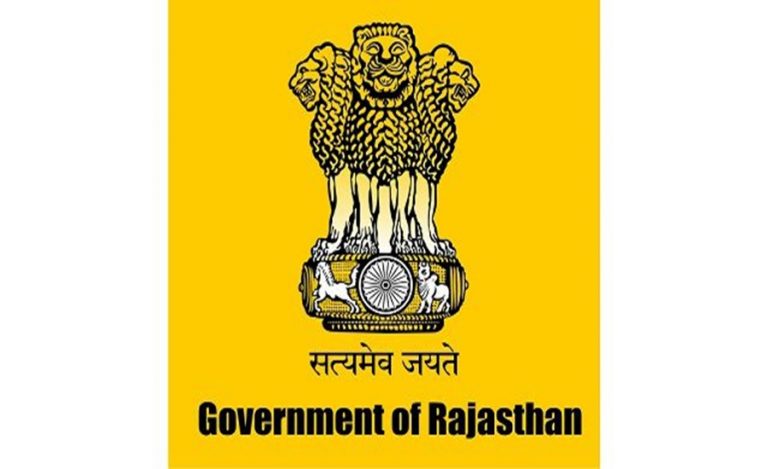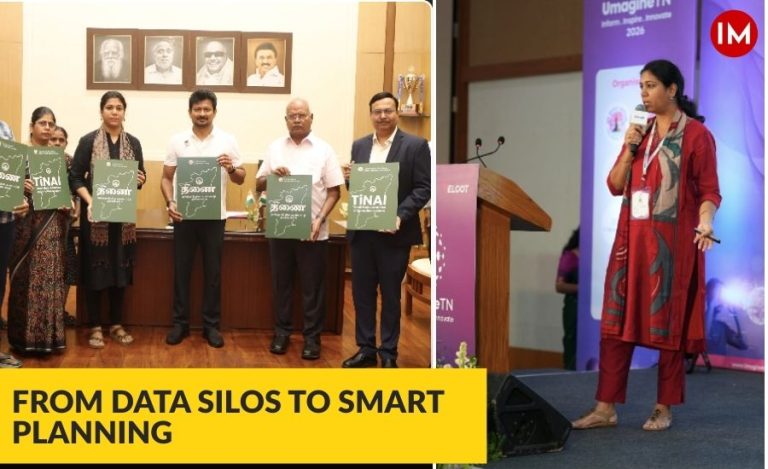On June 30, 2025, the Reserve Bank of India issued an advisory to all Scheduled Commercial Banks, Small Finance Banks, Payments Banks, and Co-operative Banks. They were directed to integrate the Department of Telecommunications’ Financial Fraud Risk Indicator (FRI) into their systems.
A Joint Push Against Digital Fraud
The DoT’s Digital Intelligence Unit launched FRI in May 2025. It classifies mobile numbers into Medium, High, or Very High risk categories based on data from the National Cybercrime Reporting Portal, DoT’s Chakshu platform, and intelligence shared by banks and financial institutions. This integration empowers banks, NBFCs, and UPI providers to better detect and act on mobile numbers tied to potential fraud.
Real-Time Blocking & Customer Alerts
Banks can use FRI to immediately block suspicious transactions, alert customers, or delay flagged ones. DoT also shares a Mobile Number Revocation List (MNRL)—identifying numbers linked to cybercrime, failed re-verification, or misuse. Together, these tools strengthen fraud detection in telecom and finance.
Also Read: 2 Years After Withdrawal, Rs 2000 Notes Worth Rs 6,099 Crore Still in Circulation
Banks Already Leading the Way
Several major institutions have begun using the system. Early adopters include PhonePe, Punjab National Bank, HDFC Bank, ICICI Bank, Paytm, and India Post Payments Bank. With UPI being India’s most used payment method, broader FRI adoption can safeguard millions of users.
Automation & API: The Backbone of Integration
The RBI advisory emphasizes secure API-based links between banks and DoT’s Digital Intelligence Platform (DIP). This automation enables real-time fraud checks, continuous data exchange, swift model updates, and rapid detection of patterns.
A Watershed Moment for Digital Security
DoT described this rollout as a “watershed moment” in the fight against cyber-enabled financial fraud. The collaboration marks a major step forward in Digital India’s trust and security agenda, promising sector-wide systemic resilience and increased real-time decision-making.
Also Read: RBI Bolsters AePS Onboarding Rules Aligned with KYC to Boost Security




























